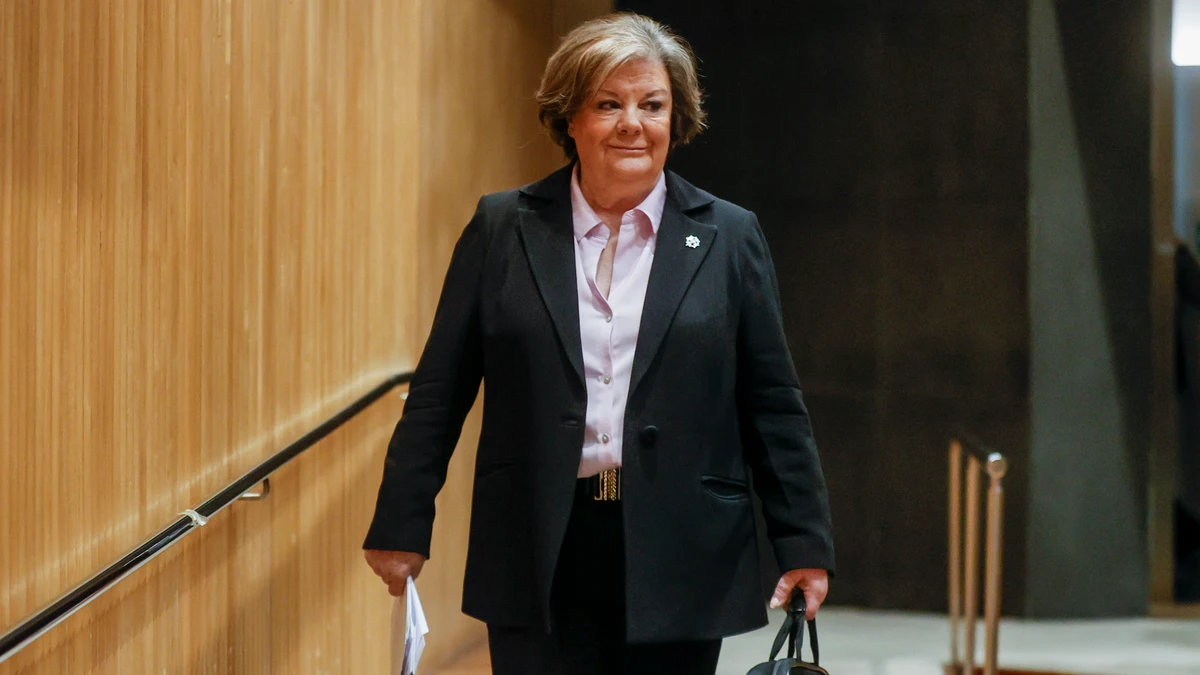LOS ANGELES — There is always a red-lettered release, words crafted in remembrance and in glory, when a prominent Trojan dies.
When former USC assistant coach Dave Levy – a four-time national champion a part of the legendary John McKay’s staff – died in November at age 91, it came with an announcement from USC, words honoring Levy as “one of the brightest and most innovative assistant coaches in USC football history.”
When former USC wide receiver Rod Sherman – a captain on McKay’s 1966 team – died in February at age 79, it came with an announcement from USC, words honoring Sherman as the man who’d “caught one of the most famous touchdowns in USC football history” against Notre Dame in 1964.
There were no words Wednesday when O.J. Simpson died.
In the morning, the Pro Football Hall of Famer’s children posted a statement to his Twitter account that Simpson had “succumbed to his battle with cancer.” And still, no announcement from USC has come; the Southern California News Group reached out to USC for comment or to see if the program would be issuing a statement, but no response was given immediately.
His 1968 Heisman Trophy was away from its pedestal in the lobby of USC’s Heritage Hall on Wednesday, along with trophies of past Heisman winners, replaced by signs that read “Heisman on Tour.” And the only physical evidence that Simpson ever existed in a Trojans uniform on the day of his death was the commemorative Heisman banner of his No. 32 jersey underneath the peristyle at the Coliseum.
This has been the story of Simpson’s relationship with USC, ever since the brutal murders of his ex-wife Nicole Brown Simpson and her friend Ronald Goldman, ever since the infamous 1995 trial during which he struggled to put on the killer’s glove and was acquitted, and the 1997 civil trial that found him liable for the grisly deaths. The university has been stuck navigating the unsolvable maze of his legacy for decades, often attempting to preserve and honor Simpson the running back but not Simpson the man, all the way through his death.
RELATED: O.J. Simpson’s slow-speed chase on June 17, 1994
In 2002, eight years after the police chase in the white Bronco that captivated the nation, Simpson walked into a USC practice in Ft. Lauderdale, Florida, before the Orange Bowl, the mood rather jubilant at the return of a former Heisman winner.
“Guys were excited to see him,” USC head coach Pete Carroll said to the media then. “He’s a legend. He’s an ‘SC Heisman Trophy winner (1968). Our guys hold those guys in the highest regard.”
It was the first time Simpson had visited the team since the killings; his visit included a conversation with then-Heisman Trophy-winning quarterback Carson Palmer.
“Pete did a great job – had all kinds of different people around the practice,” Palmer recalled. “I don’t remember anyone making a real big deal out of it, or thinking much of it.”
But it became quite a big deal, igniting a firestorm of backlash around USC and Simpson, former Trojans tailback great Anthony Davis told the Los Angeles Times in 2002 then that it “took a lot of gall” for Simpson to show up. Fifteen years later, when Simpson was granted parole after nine years in prison for an armed robbery conviction, USC’s administration took a firm position on Simpson: He wouldn’t be invited to practice or a part of any events.
Related Articles
Columnist reflects on O.J. Simpson death, from football fame to ‘trial of century’ infamy
Famed AP reporter who covered O.J. Simpson trial recalls ‘giant drama’
“I’m cordial to any person that I’ve ever met,” ex-head-coach Clay Helton said then at a Pac-12 media day, when asked what he’d do if Simpson asked him to watch a USC practice.
Simpson’s football legacy, as Palmer told the Southern California News Group, was “one of the best running backs to ever put on a Trojan uniform.” A smattering of USC fans took to Twitter on Wednesday to remember him as such – but the rest of the program, from staffers to alumni and beyond, stayed silent, a complicated university legacy left untouched in death.





